Vertebral Artery Occlusion Treatment Guidelines
Vertebral artery occlusion treatment guidelines. Patients with vertebral artery dissection VAD warrant admission and close neurologic monitoring until anticoagulation with warfarin is complete and patients clinical condition is stable. The condition is defined by inadequate blood flow to the rear section of the brain responsible for coordination vision balance consciousness and other necessary functions. The first-line treatment option of Rotational Vertebral Artery Occlusion.
A report of the American College of Cardiology FoundationAmerican Heart Association Task Force on Practice Guidelines and the American Stroke Association American Association of Neuroscience Nurses American Association of Neurological Surgeons American College. Endovascular treatment EVT is now considered the gold standard for select patient populations with anterior circulation stroke. And vertebral artery disease.
Anticoagulation with heparin followed by warfarin remains the treatment of. Symptomatic patients should at least be given an antiplatelet agent. 1 Most of the research has been concentrated on internal carotid artery ICA disease with sparse focus on the common carotid artery CCA.
None has developed further ischemia after the initial stroke and 4. Extracranial carotid circulation and its relationship with the neurologic system have been thoroughly studied over the last few decades. Elective surgical reconstruction is very rarely.
Vertebral artery occlusions fall under the umbrella of Vertebrobasilar Disease VBD otherwise known as Vertebrobasilar Insufficiency VBI. However data on the treatment of posterior circulation stroke are less clear. The optimal treatment for the non-acute intracranial vertebral artery occlusion NA-ICVAO in patients at high risk of stroke despite the best medical treatment remains unclear.
We performed a prospective observational study using a single stroke center registry to investigate the risk of recurrent stroke and vascular outcomes in patients with. Occlusion of the Vertebral or Basilar Artery Follow Up Analysis of Some Patients with Benign Outcome Louis R. Variable restenosis rates have been reported in the literature with small improvements demonstrated using drug eluting stents.
Magnetic resonance imaging has largely surpassed angiography as the imaging study of choice. Reference - ASAACCFAHA guideline on the management of patients with extracranial carotid and vertebral artery disease mnh 21471149 p aph 59955487 p a9h 59955487 p byh 59955487 p beh 59955487 p bmh 59955487 p cxh 59955487 p mdc 21471149 p Vasc Med.
Vertebral artery occlusions fall under the umbrella of Vertebrobasilar Disease VBD otherwise known as Vertebrobasilar Insufficiency VBI.
Variable restenosis rates have been reported in the literature with small improvements demonstrated using drug eluting stents. Magnetic resonance imaging has largely surpassed angiography as the imaging study of choice. And vertebral artery disease. Even in May of 2020 it is still not very clear how to treat patients with stenosis of the vertebral artery. Reference - ASAACCFAHA guideline on the management of patients with extracranial carotid and vertebral artery disease mnh 21471149 p aph 59955487 p a9h 59955487 p byh 59955487 p beh 59955487 p bmh 59955487 p cxh 59955487 p mdc 21471149 p Vasc Med. 2011 Feb16135 correction can be found in Vasc Med. Extracranial carotid circulation and its relationship with the neurologic system have been thoroughly studied over the last few decades. One of the main causes for this stroke subtype is vertebral atherosclerosis. A report of the American College of Cardiology FoundationAmerican Heart Association Task Force on Practice Guidelines and the American Stroke Association American Association of Neuroscience Nurses American Association of Neurological Surgeons American College.
Reference - ASAACCFAHA guideline on the management of patients with extracranial carotid and vertebral artery disease mnh 21471149 p aph 59955487 p a9h 59955487 p byh 59955487 p beh 59955487 p bmh 59955487 p cxh 59955487 p mdc 21471149 p Vasc Med. However data on the treatment of posterior circulation stroke are less clear. SUMMARY Ten patients with angiographically verified occlusion of the basilar or vertebral artery have been followed for an average of 275 years. Occlusion of the Vertebral or Basilar Artery Follow Up Analysis of Some Patients with Benign Outcome Louis R. Variable restenosis rates have been reported in the literature with small improvements demonstrated using drug eluting stents. Endovascular treatment of vertebral artery stenosis VAS is a safe and effective technique for treating symptoms caused by posterior circulation ischemia with high technical and clinical success rates low complication rates and durable long-term results. Clinicians must carefully balance the risks of surgery versus the limitations of endoluminal intervention before proceeding.







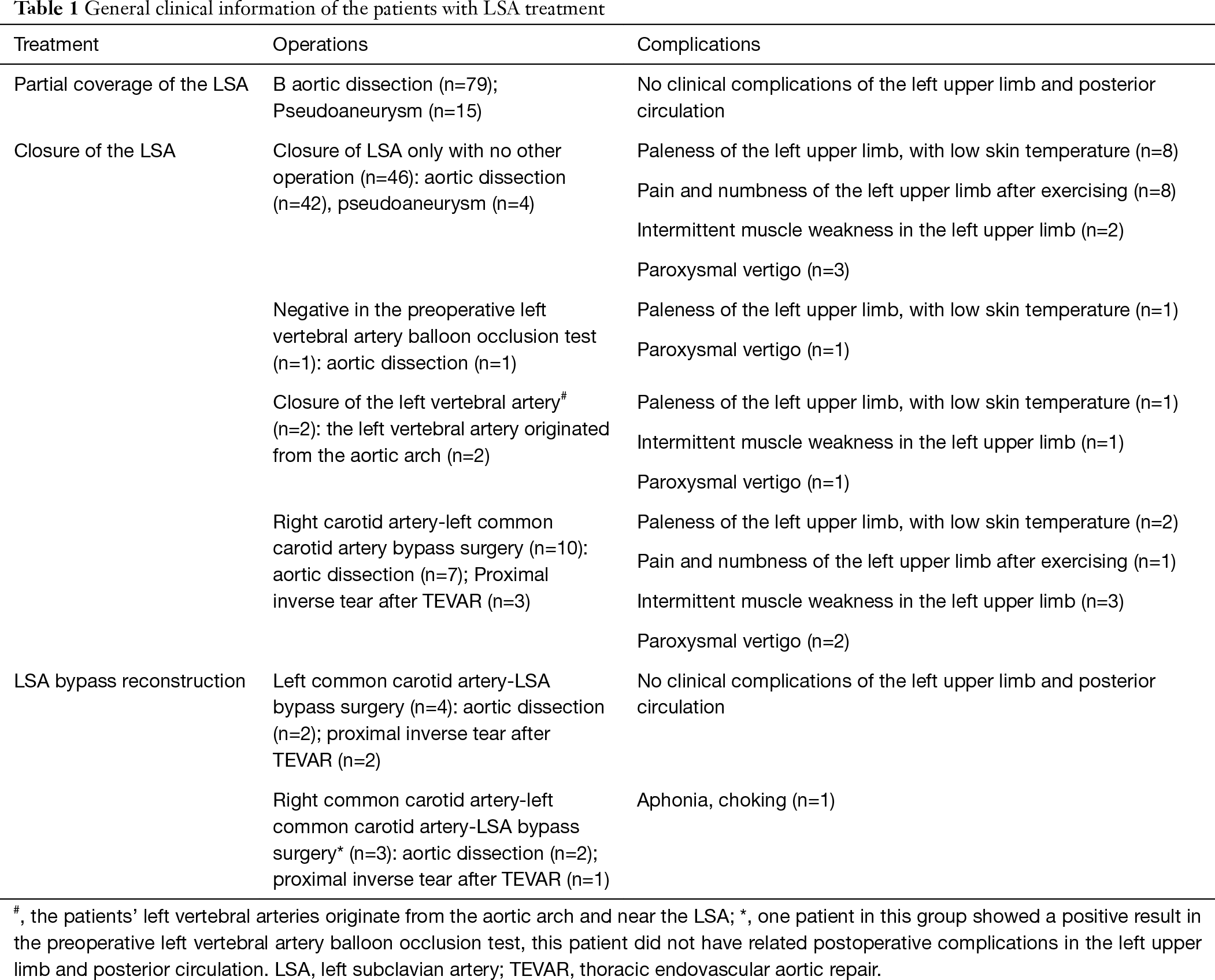















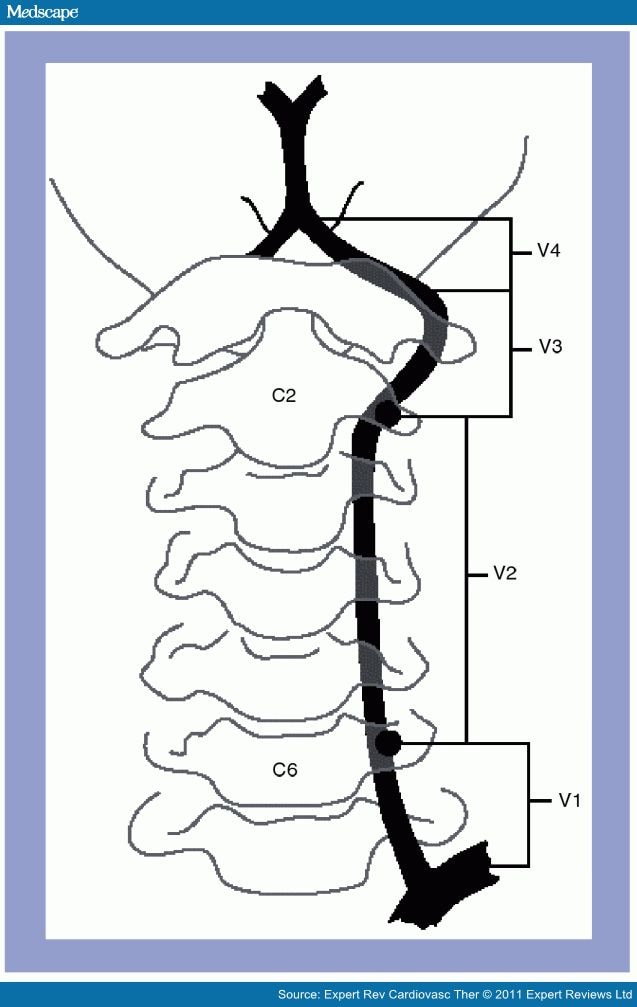
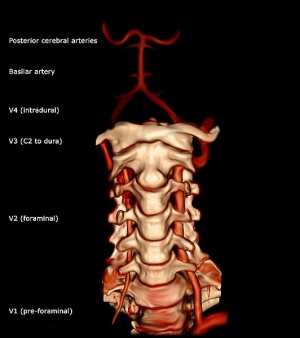

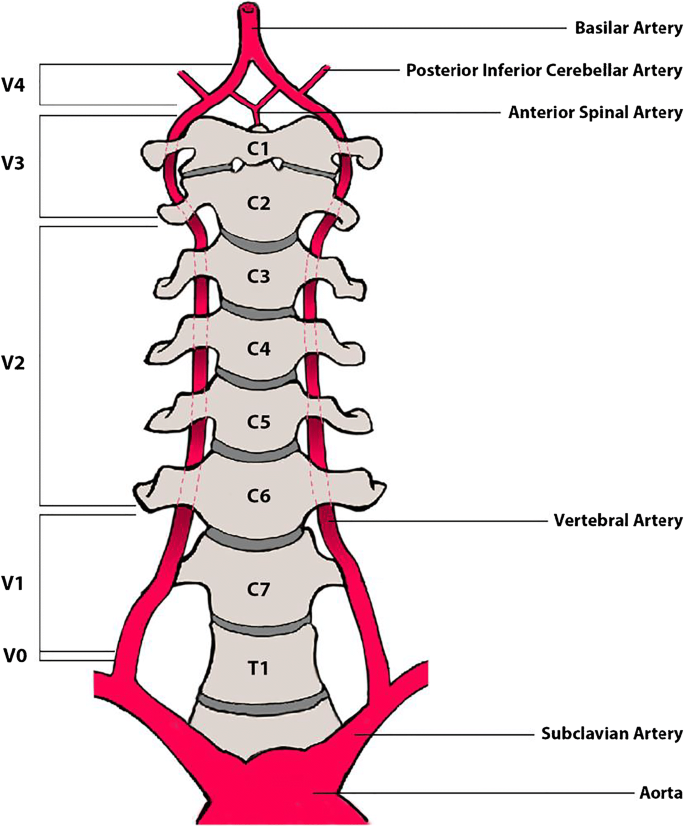


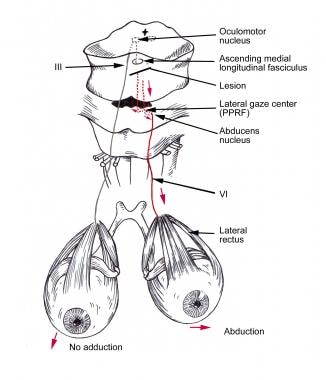



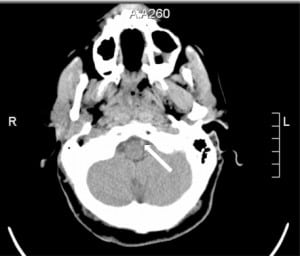

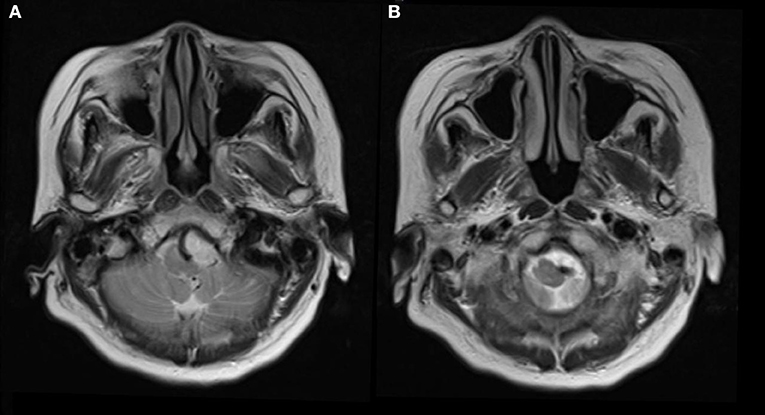
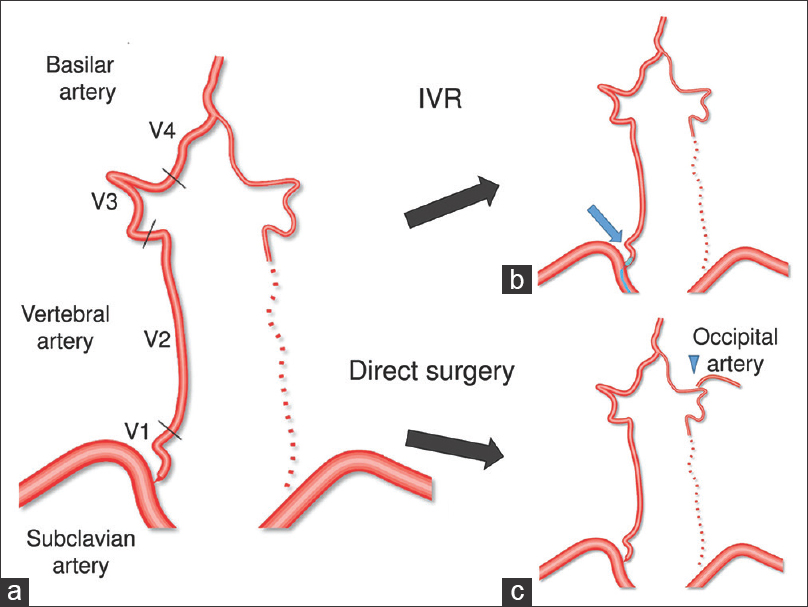
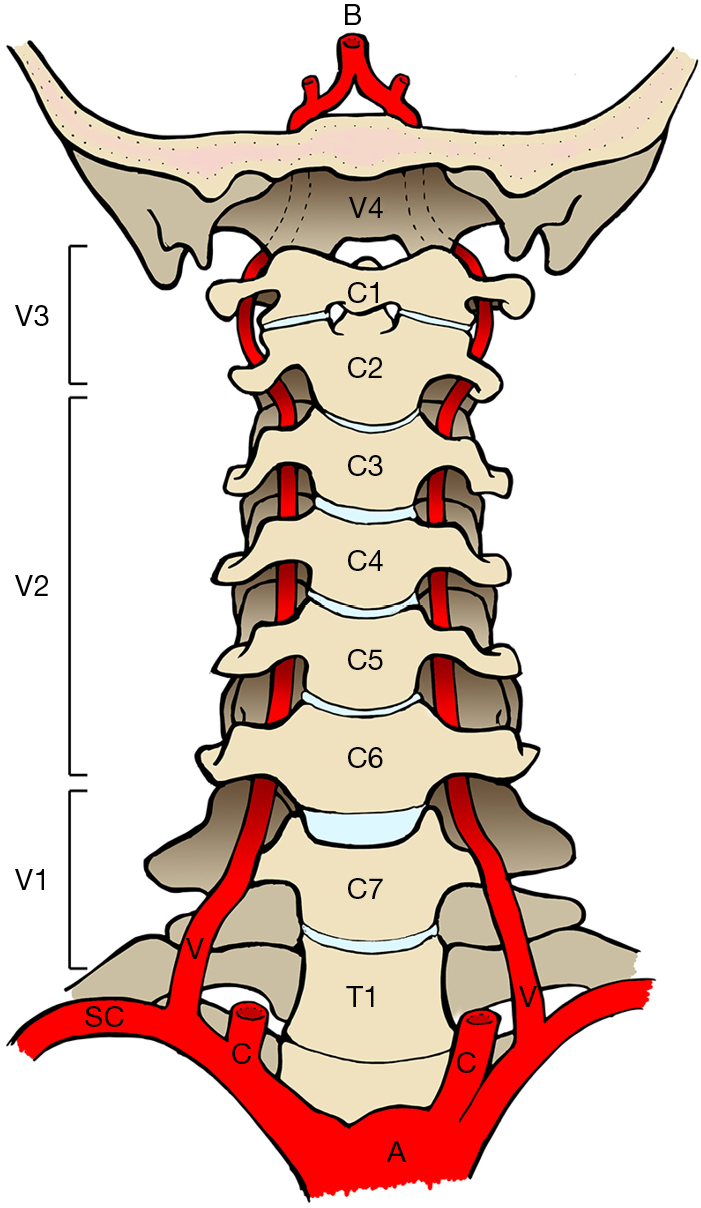





Post a Comment for "Vertebral Artery Occlusion Treatment Guidelines"